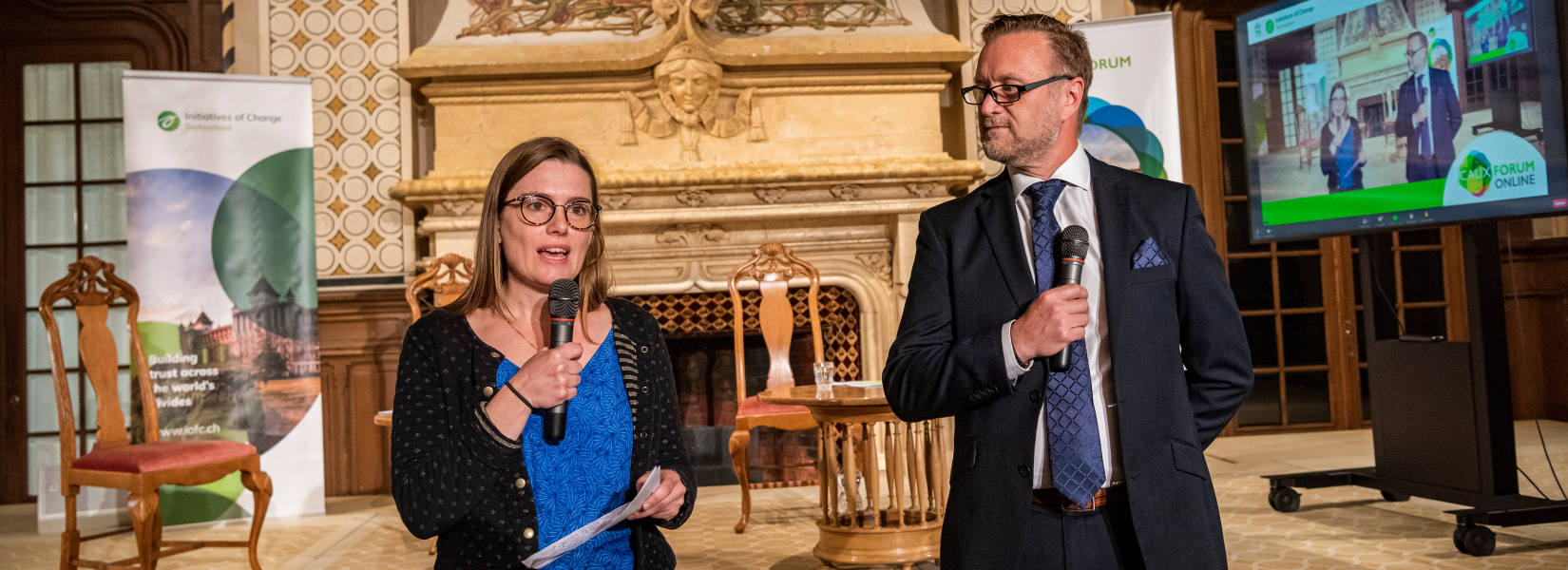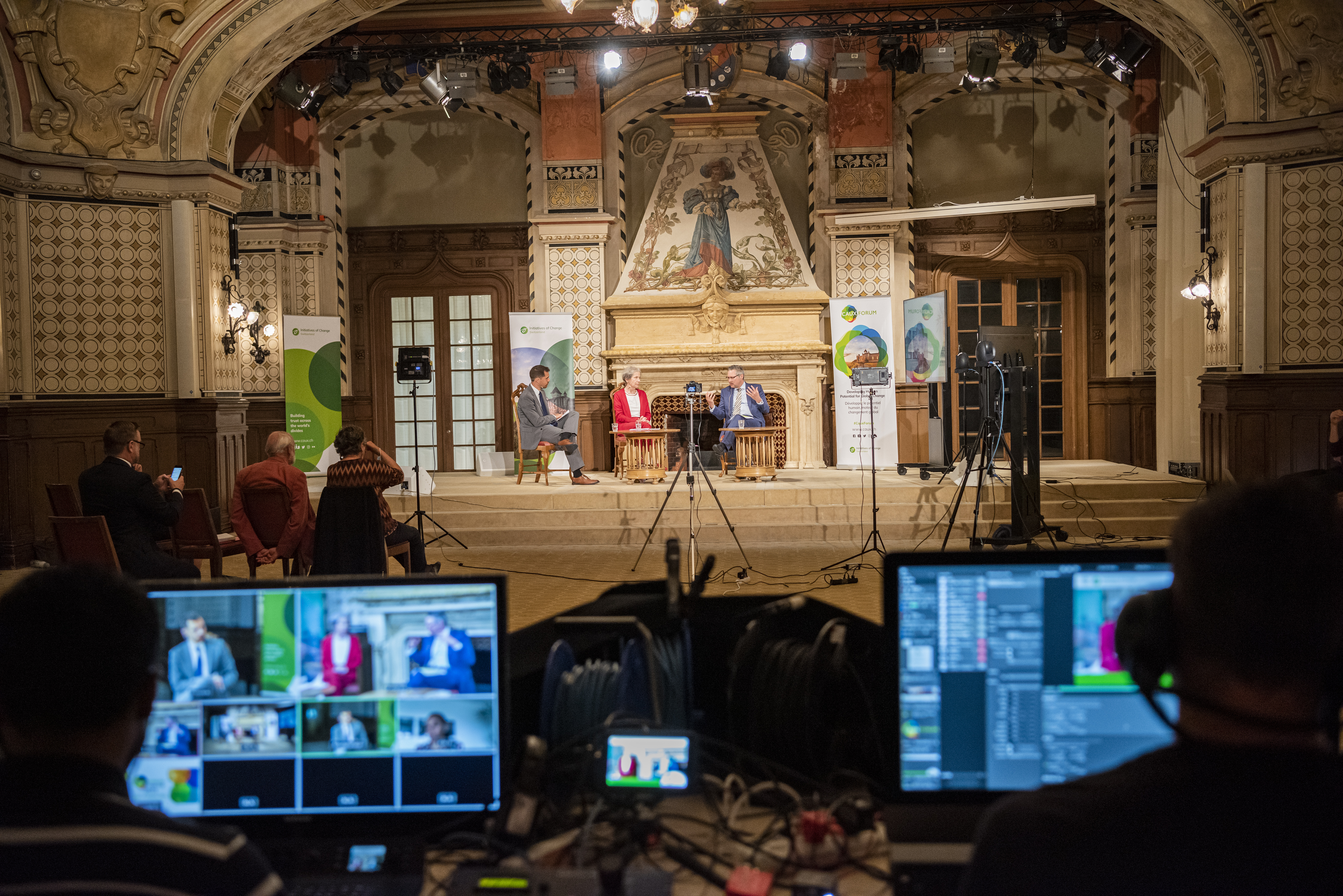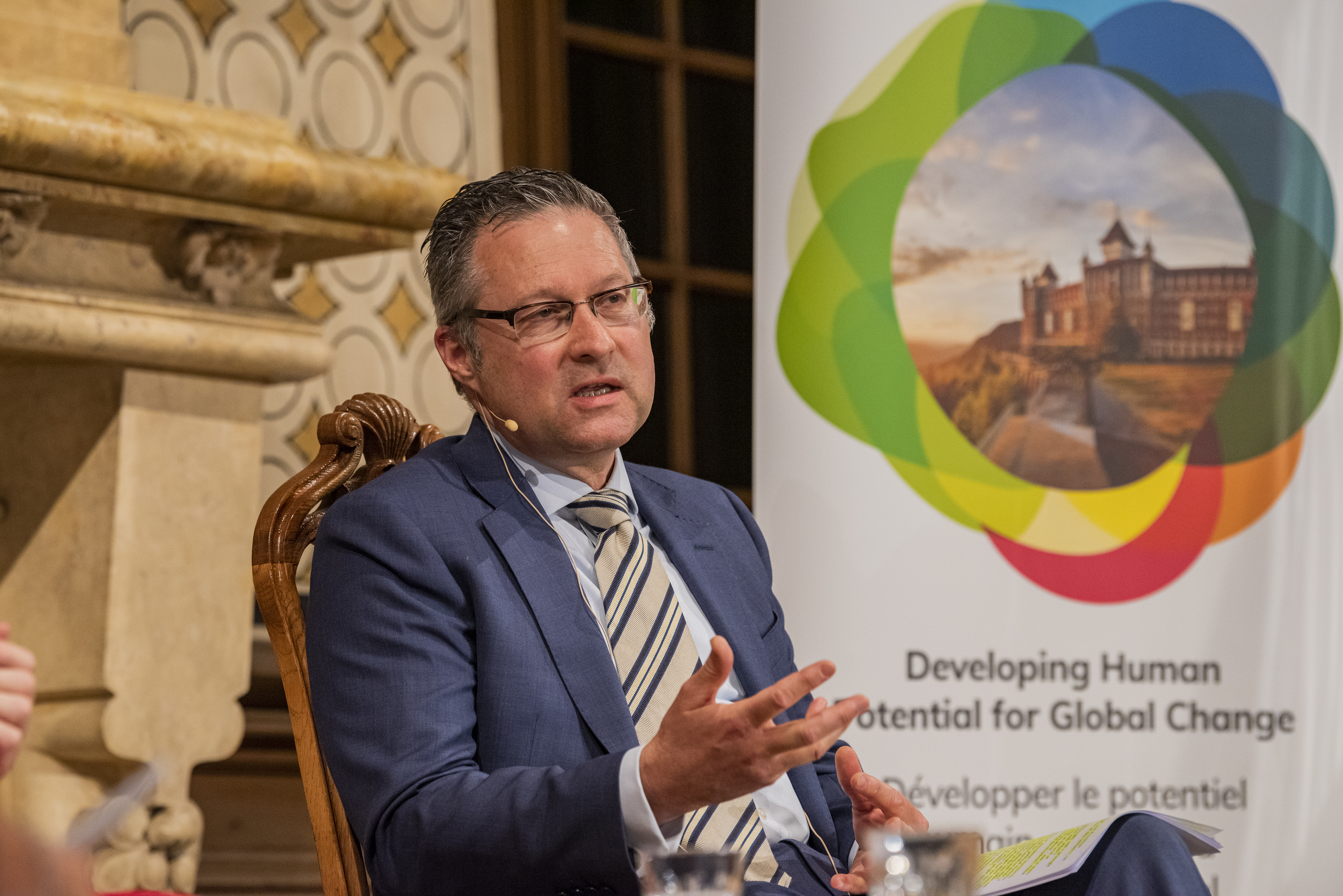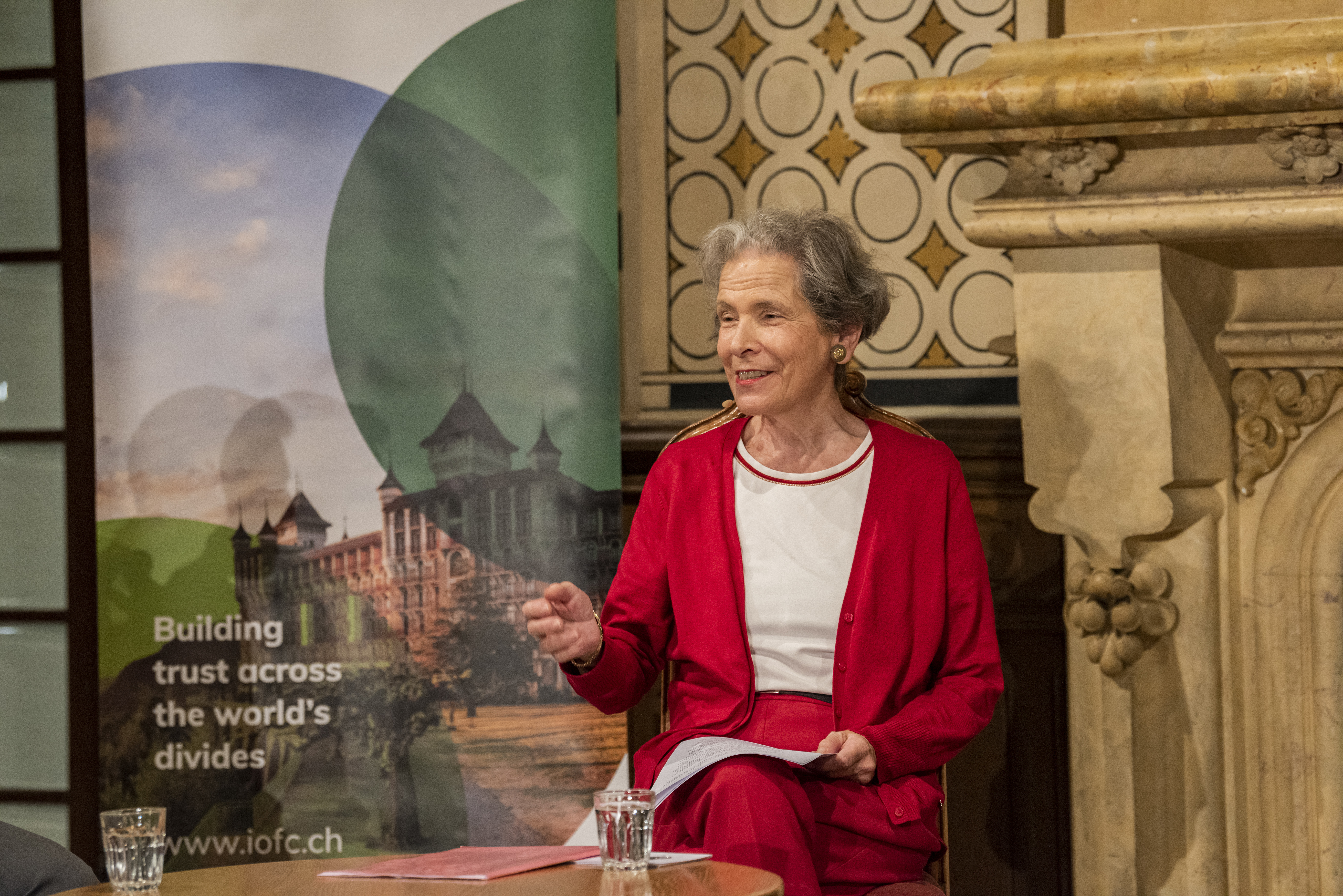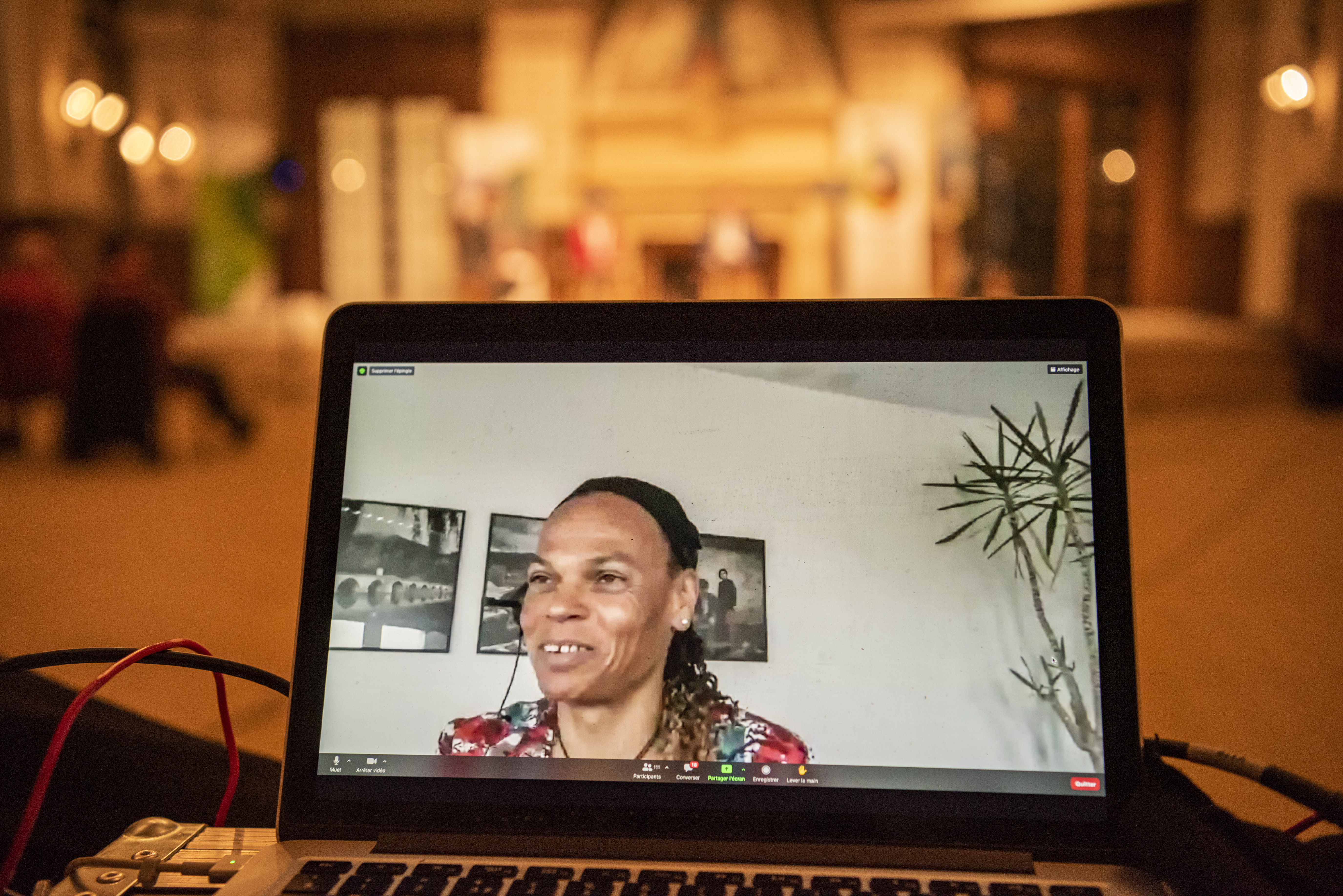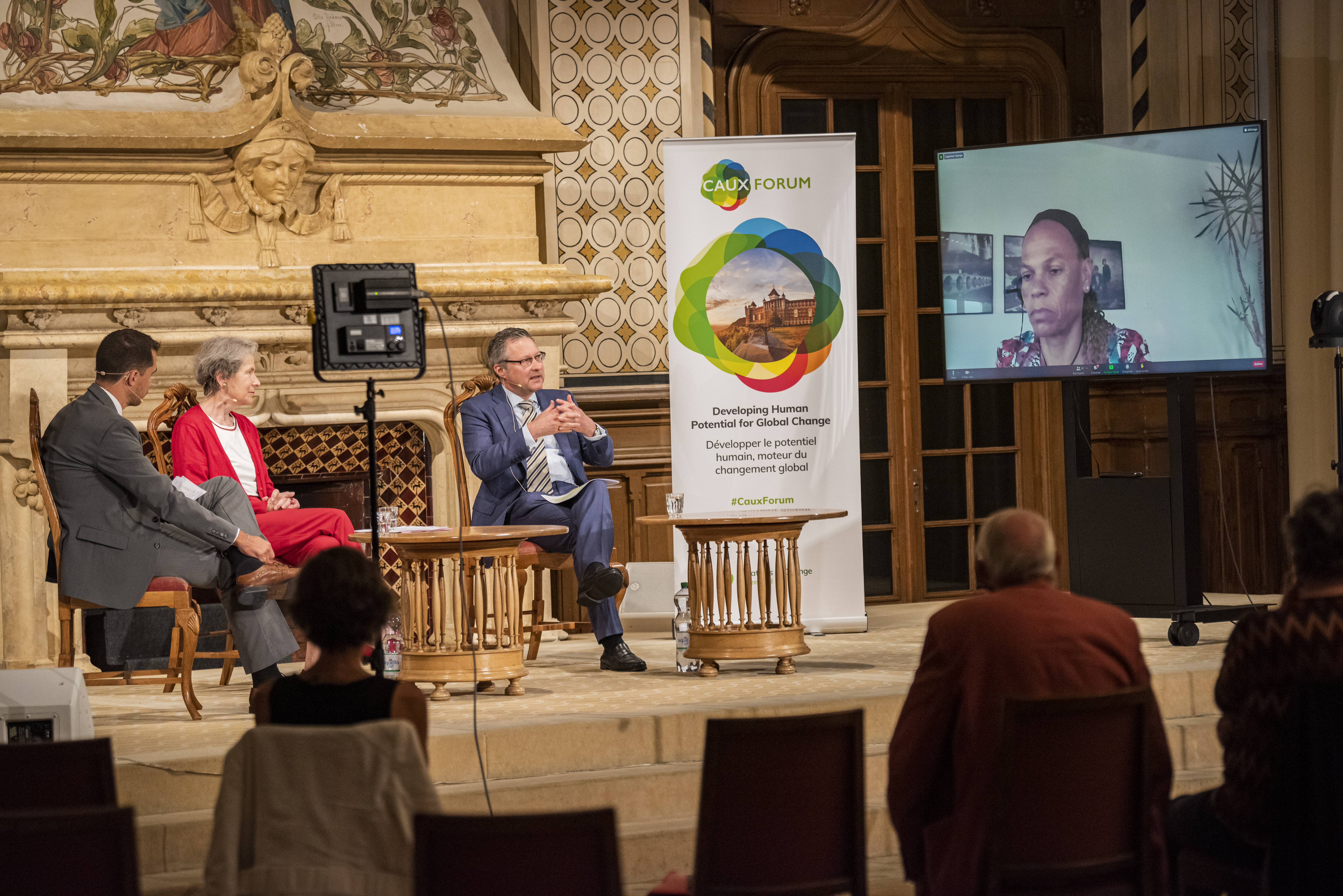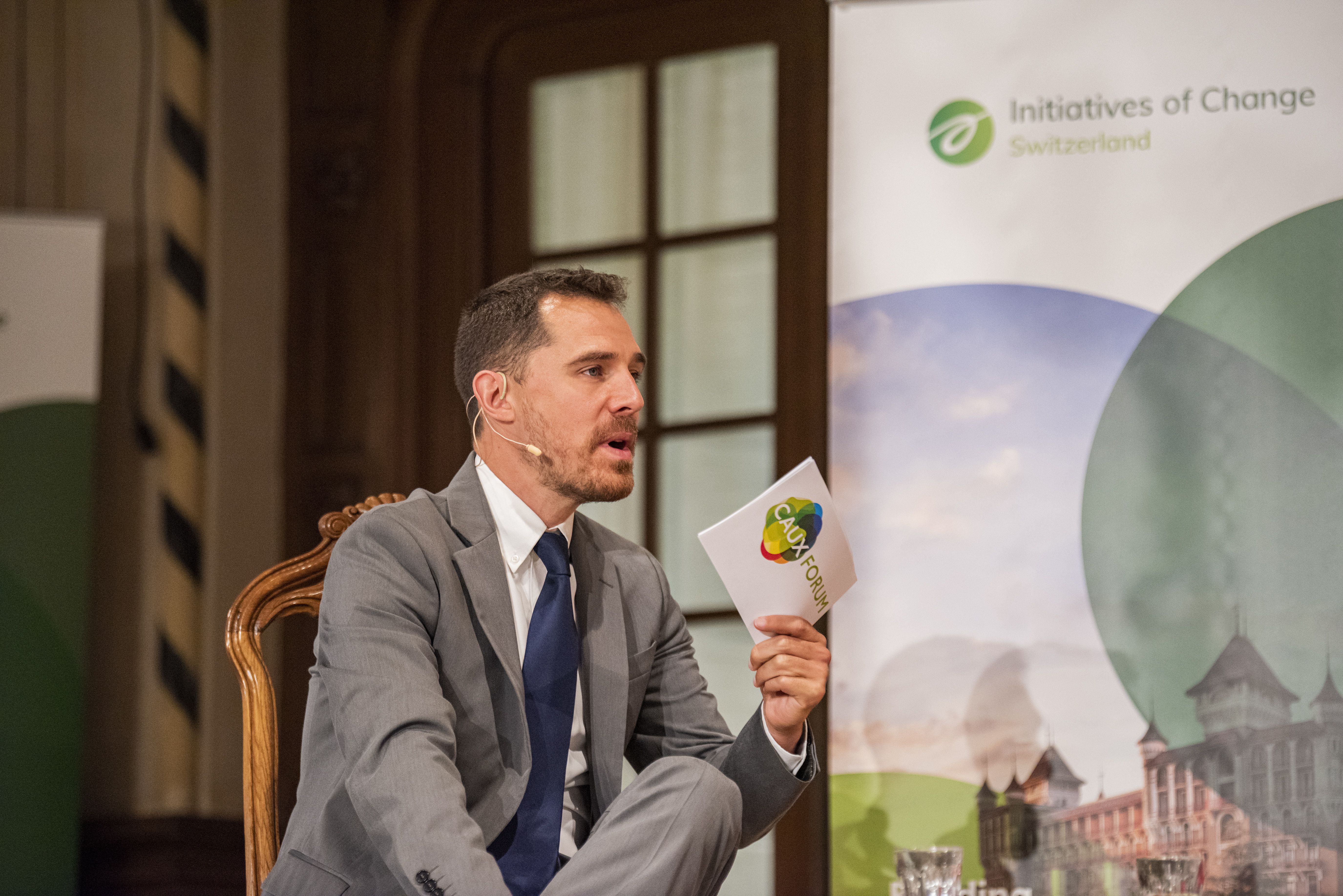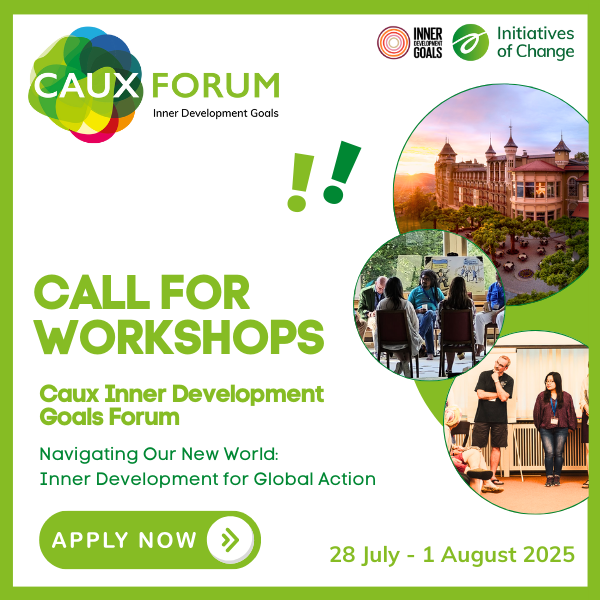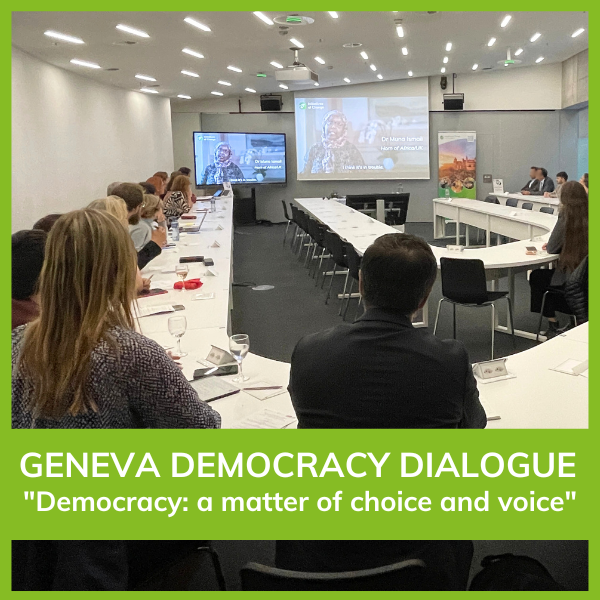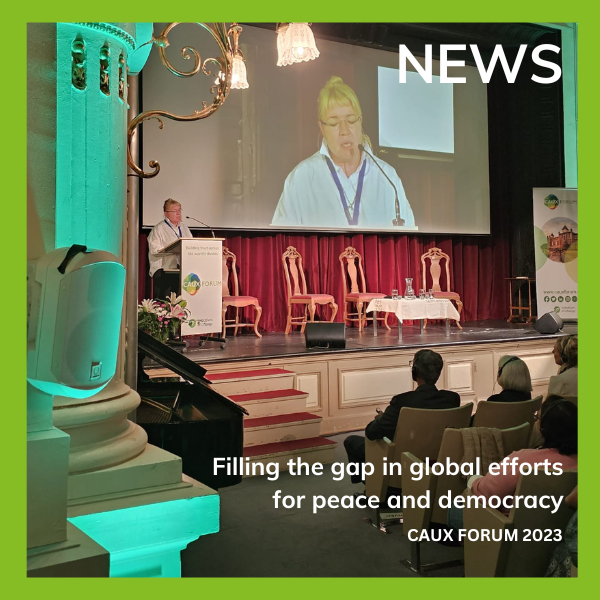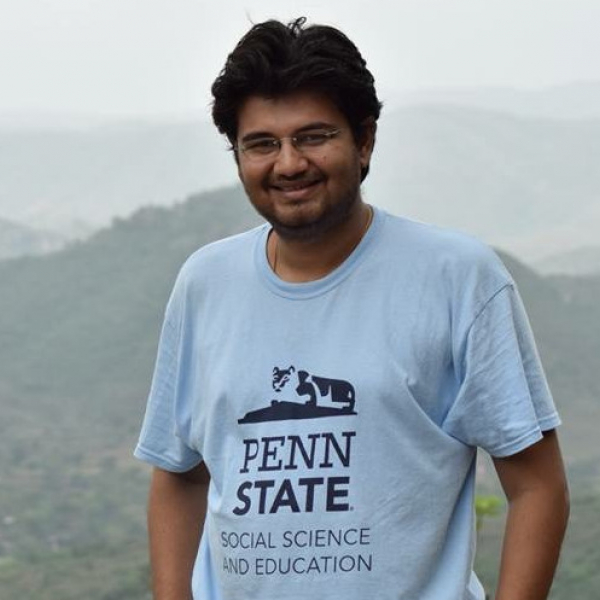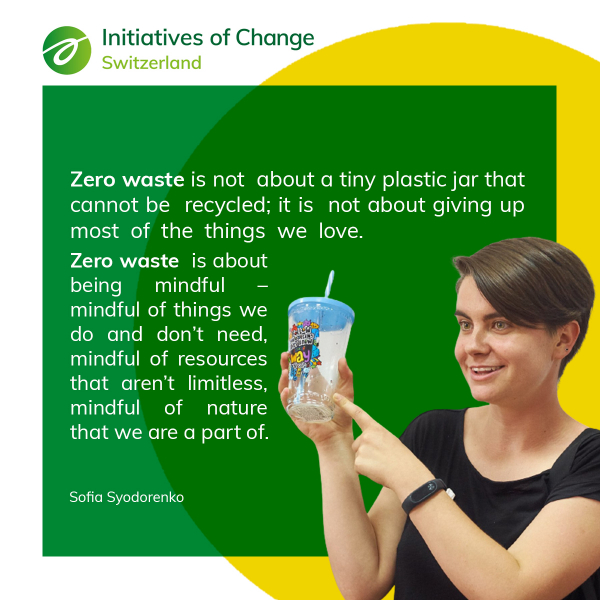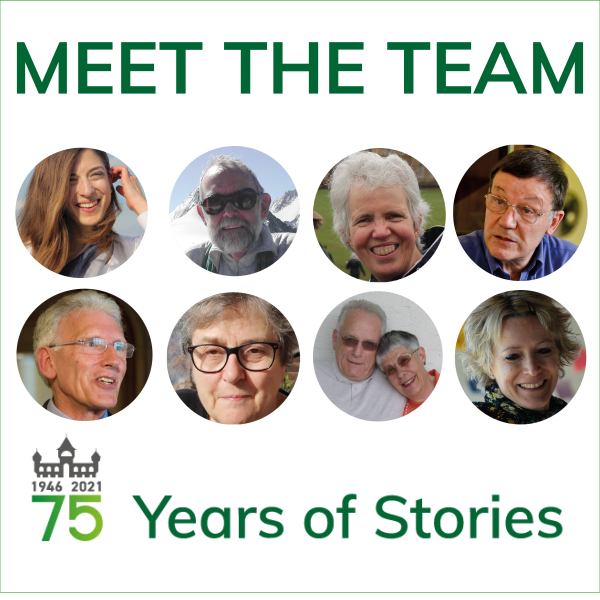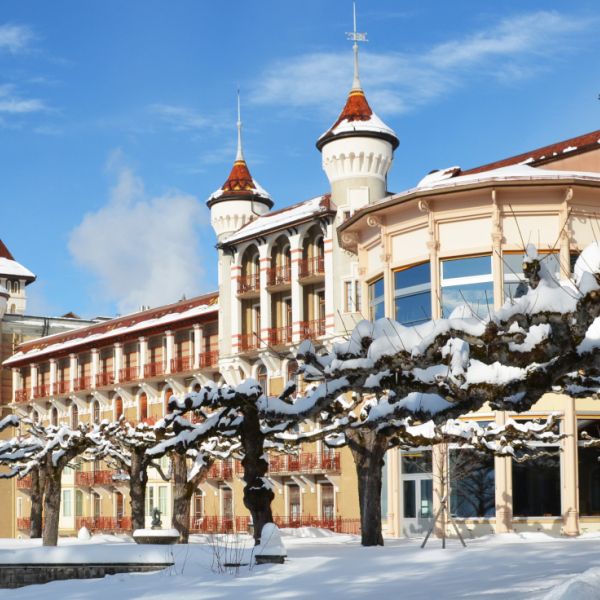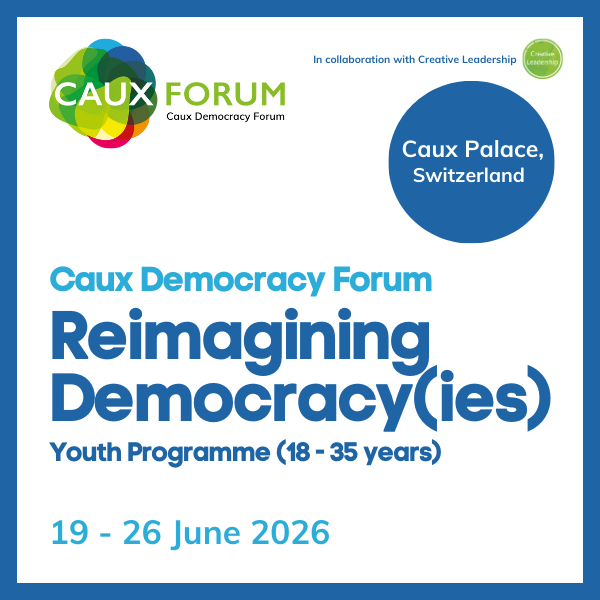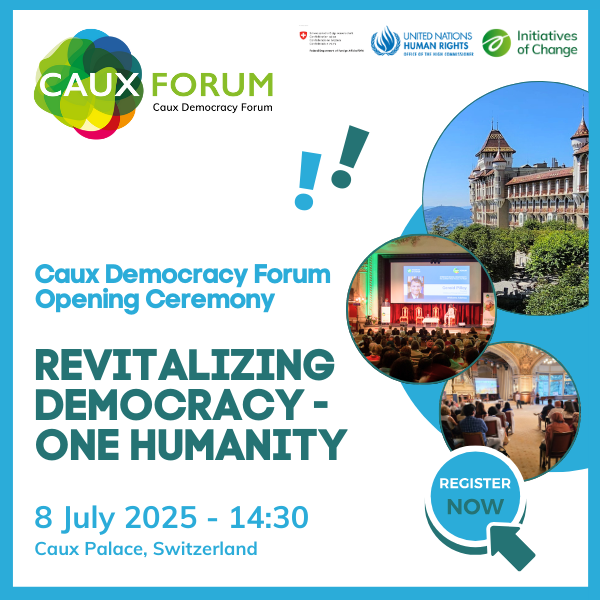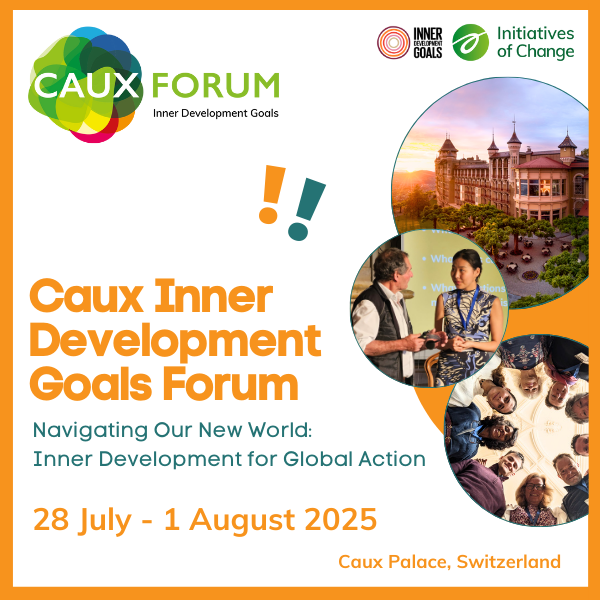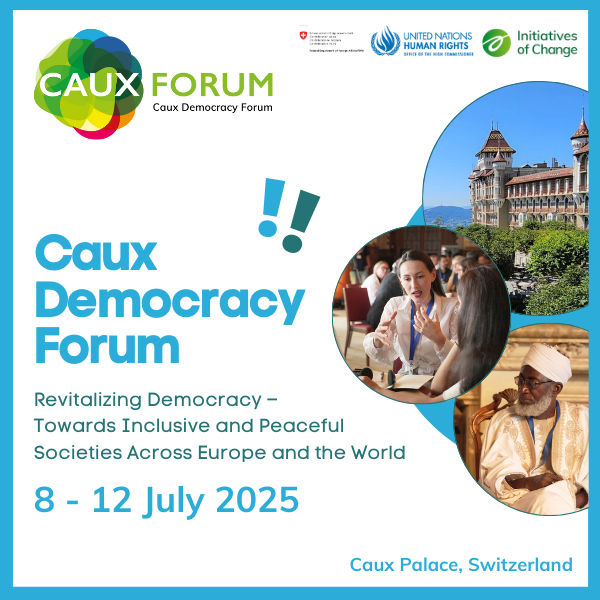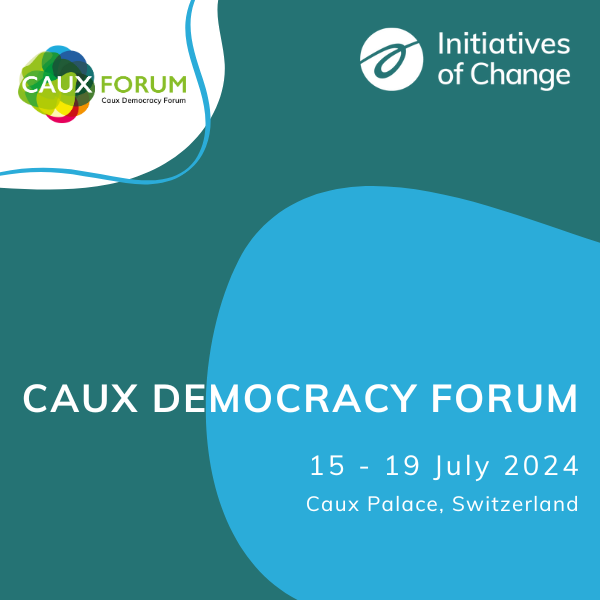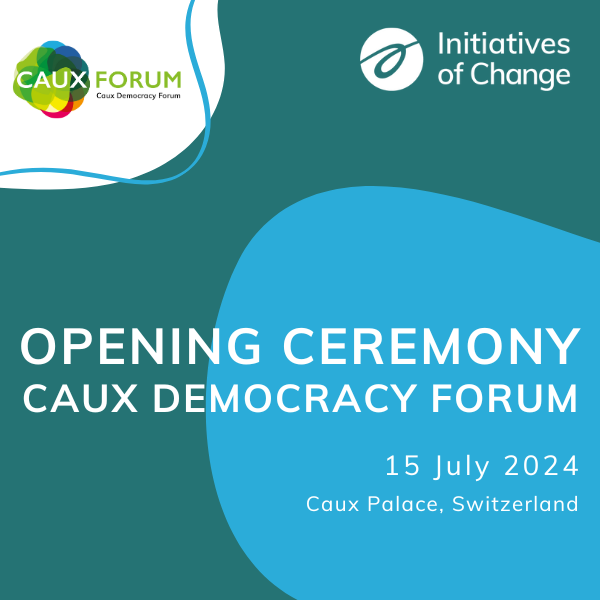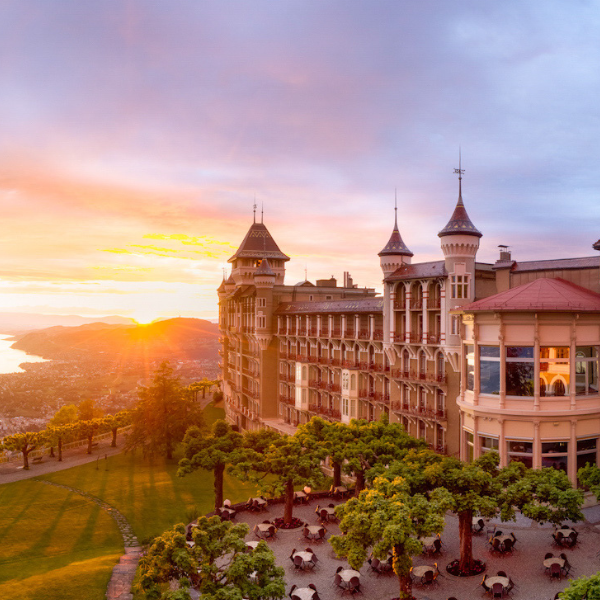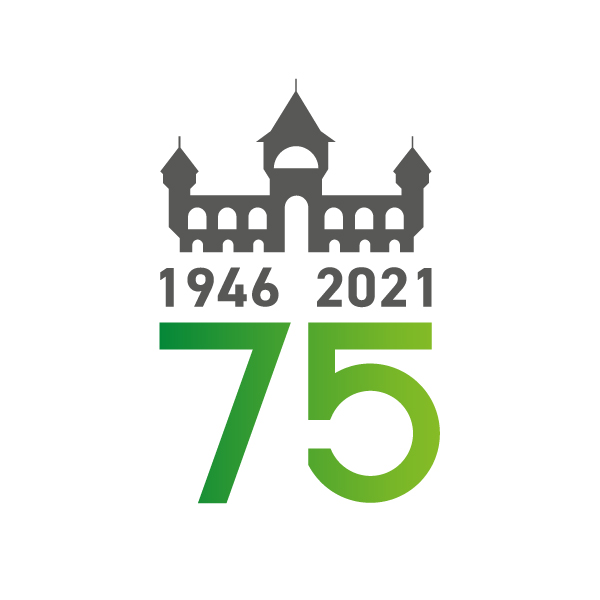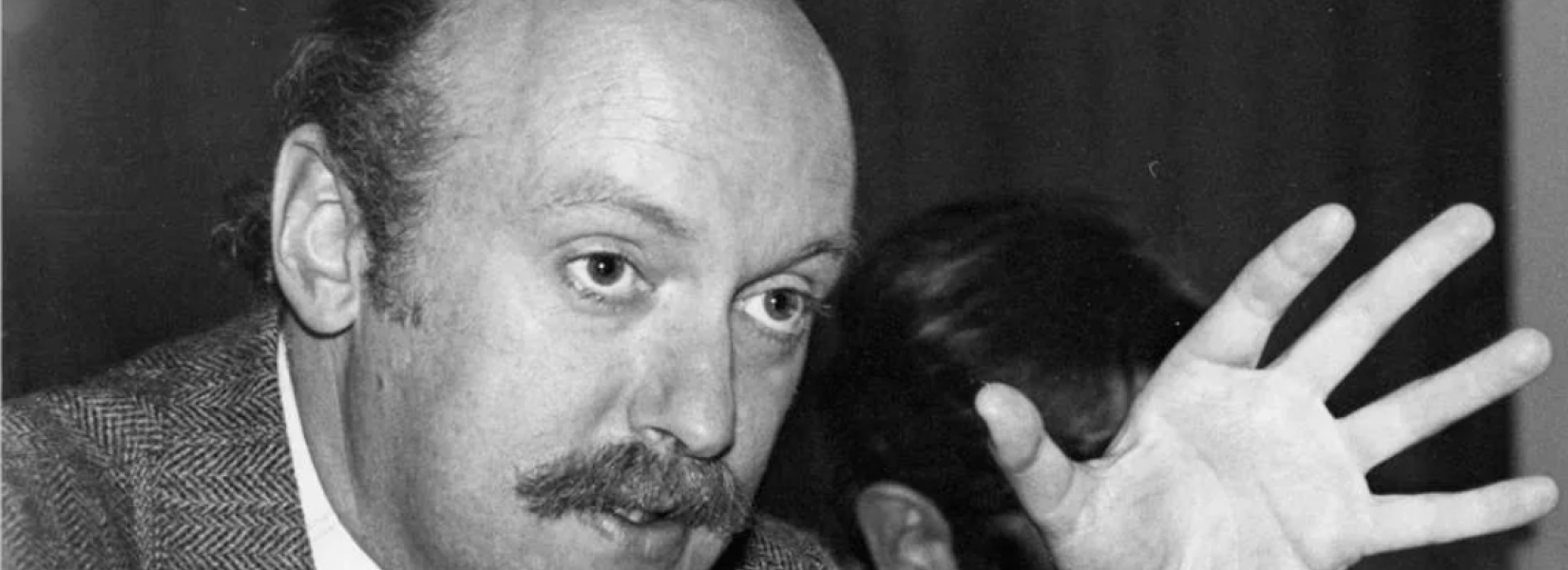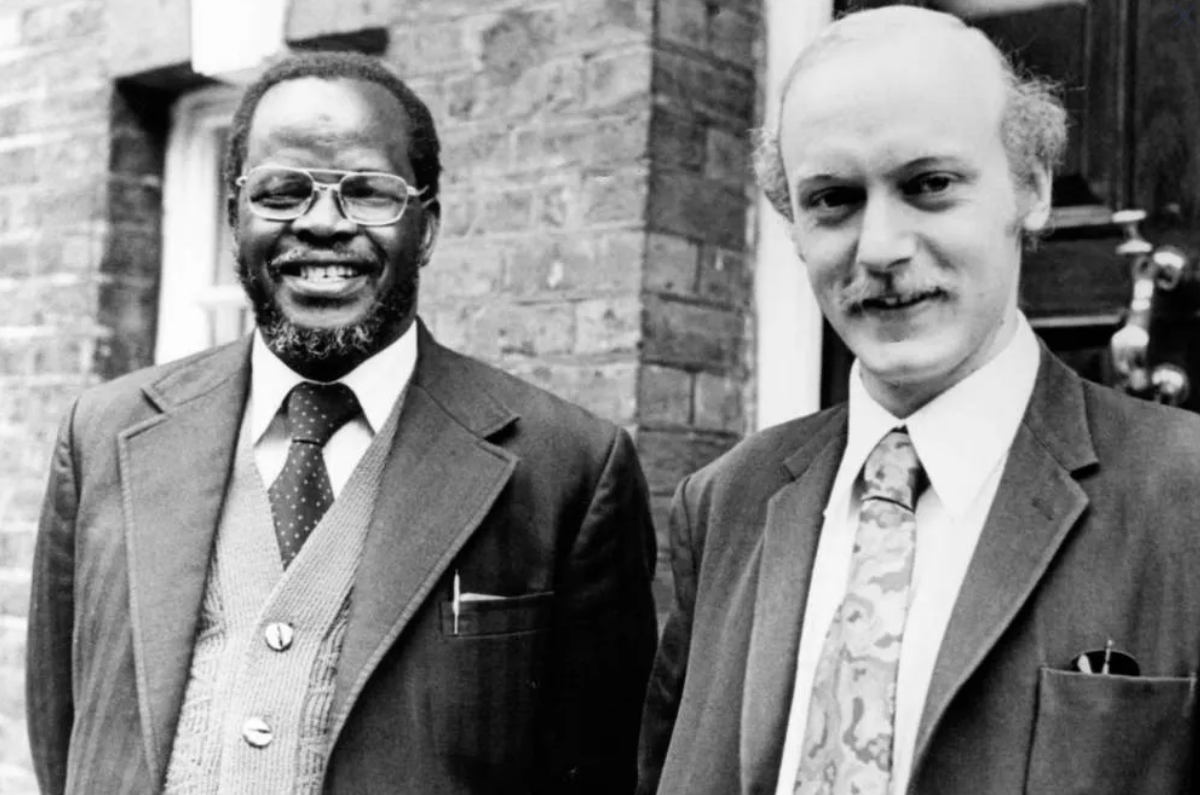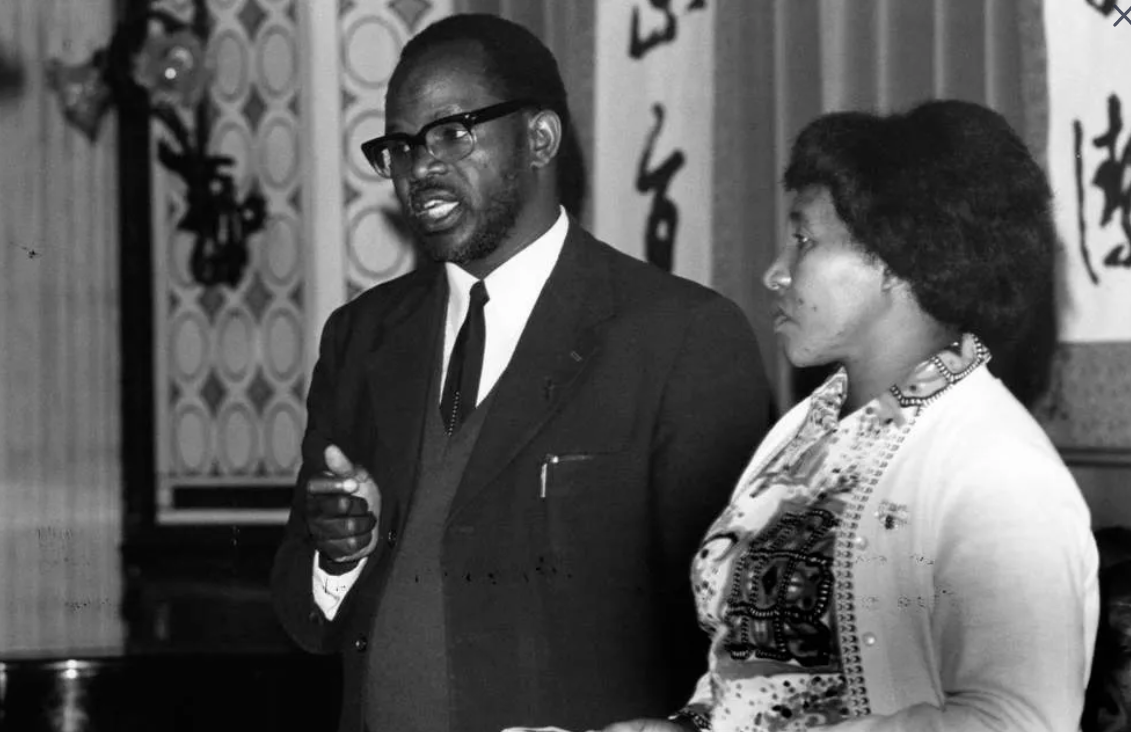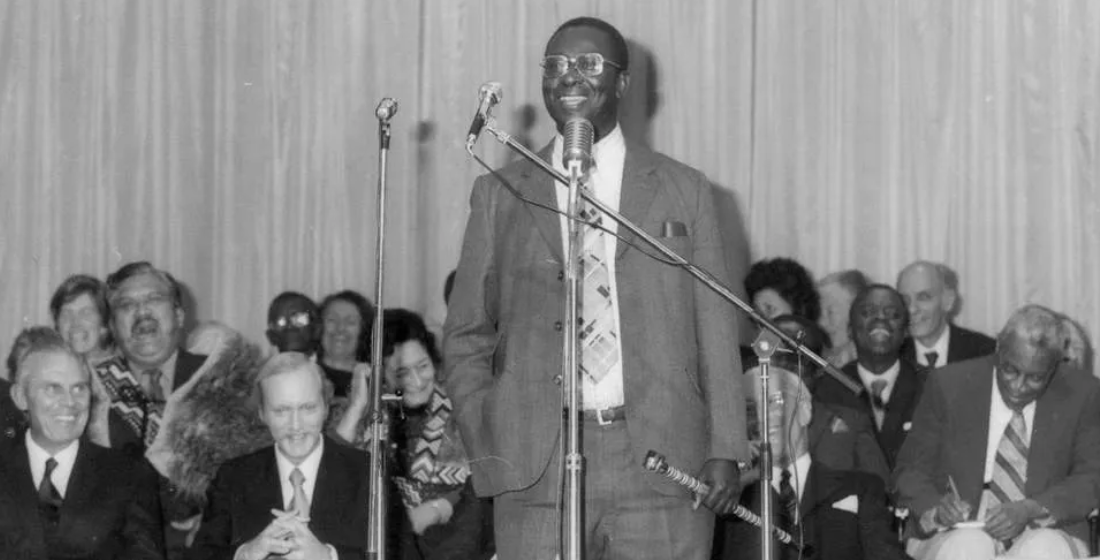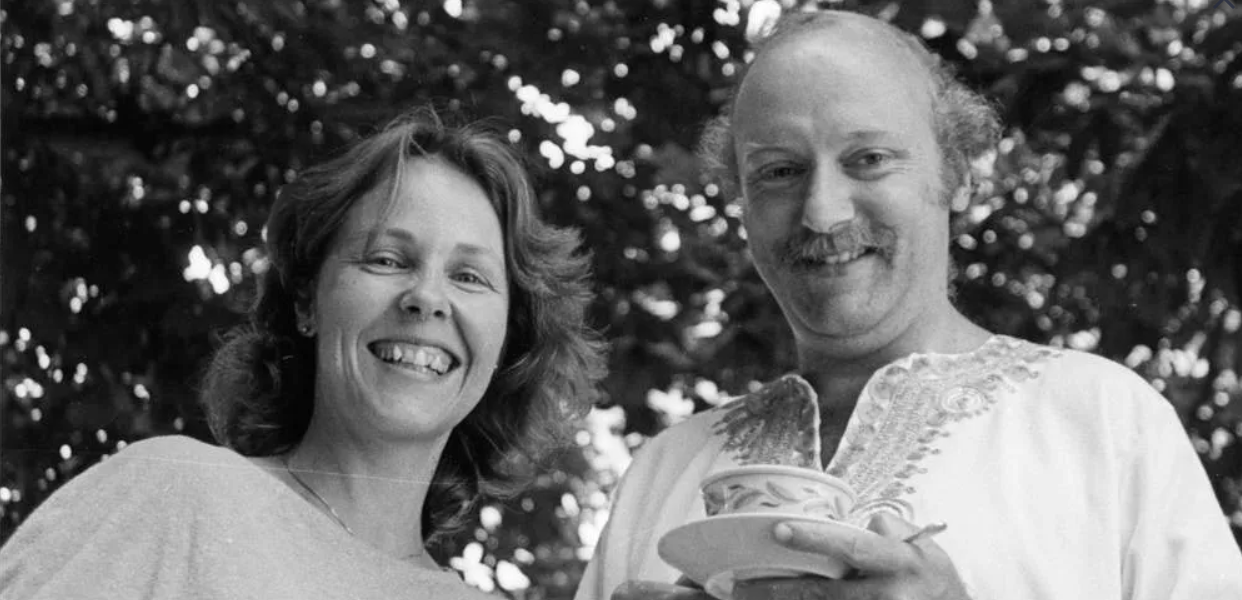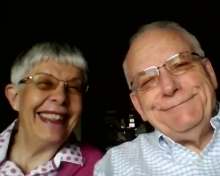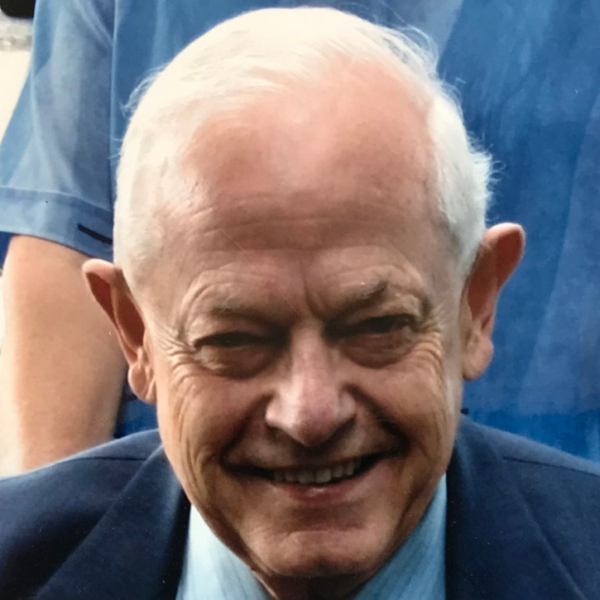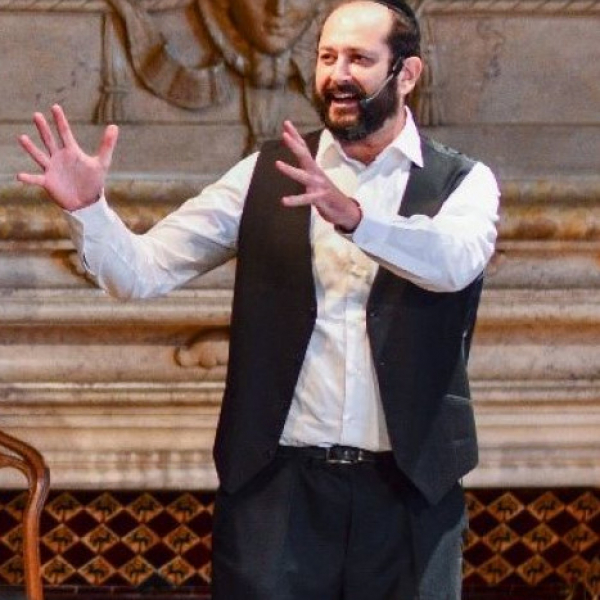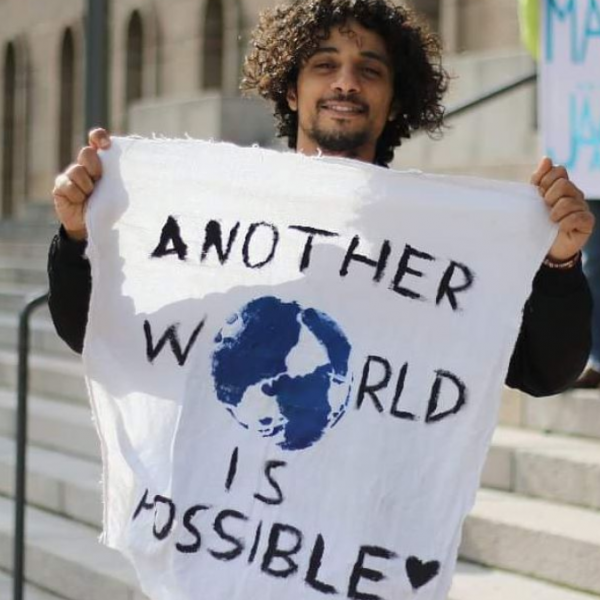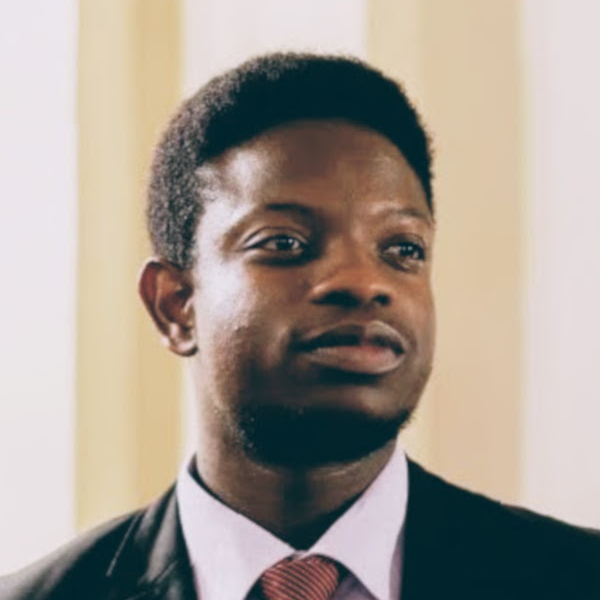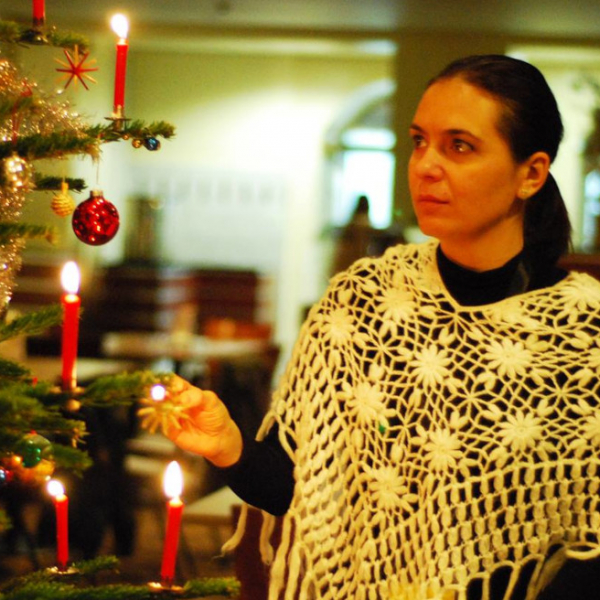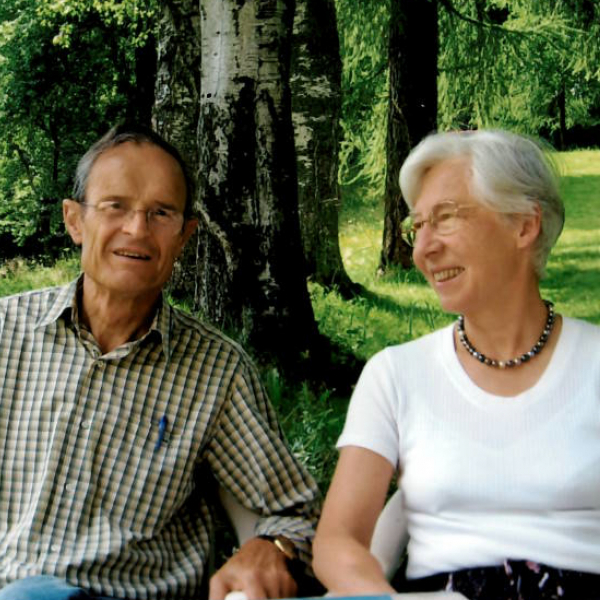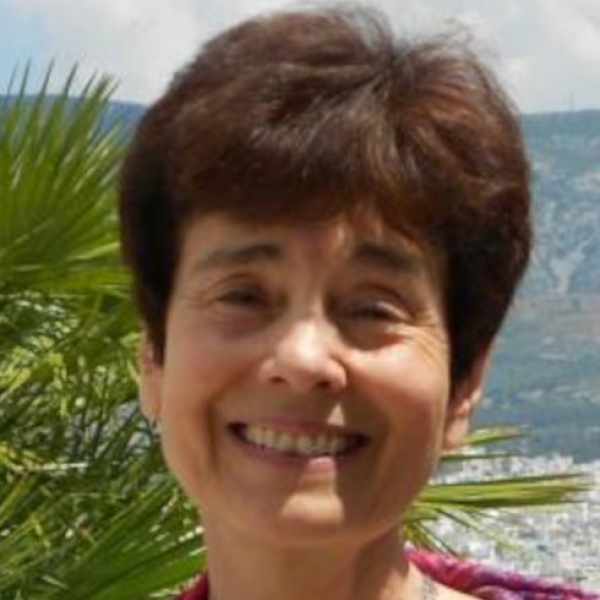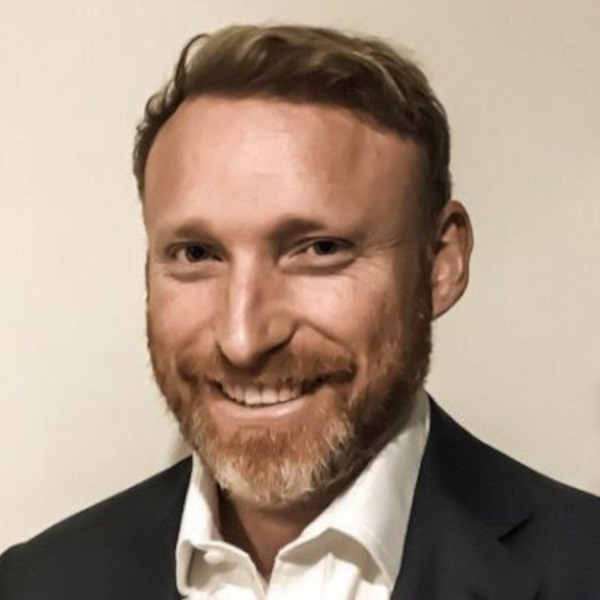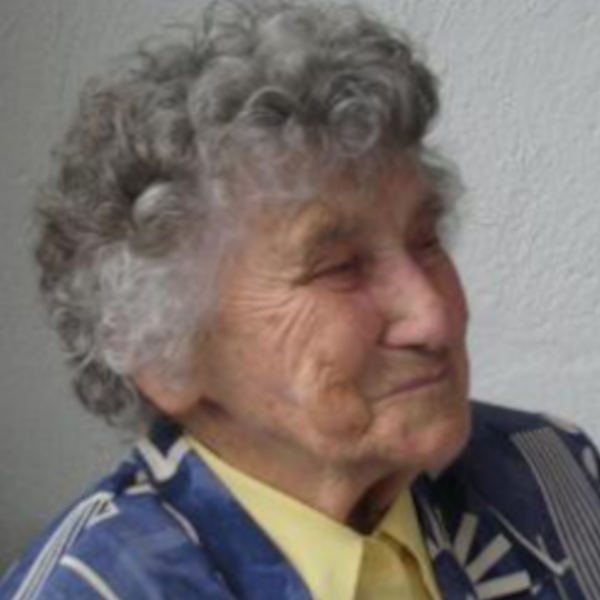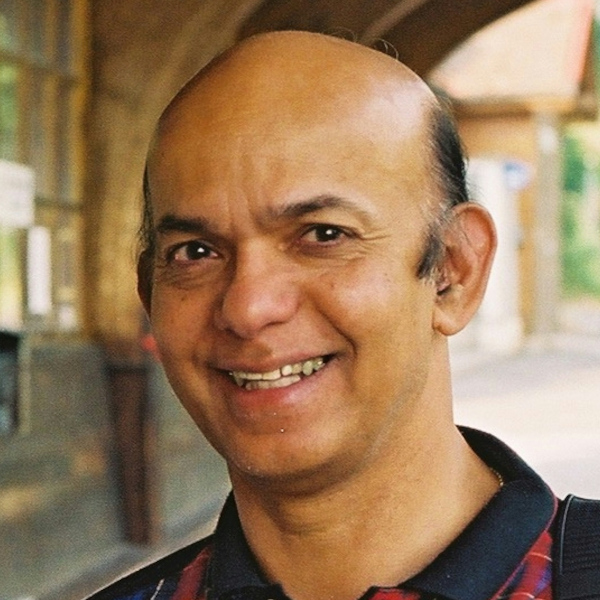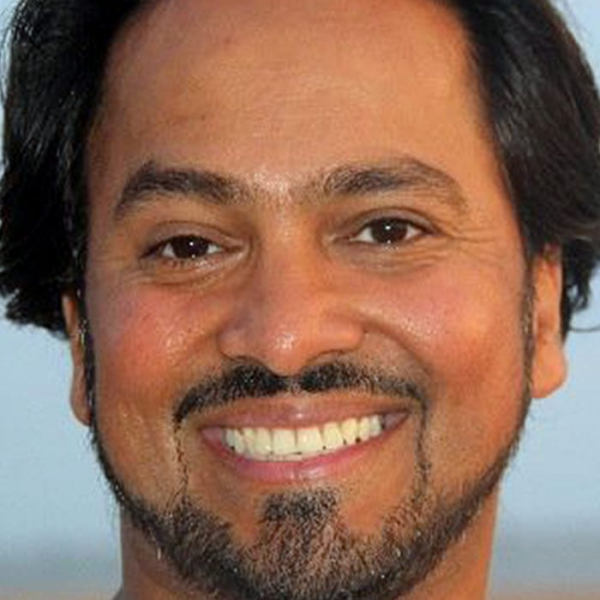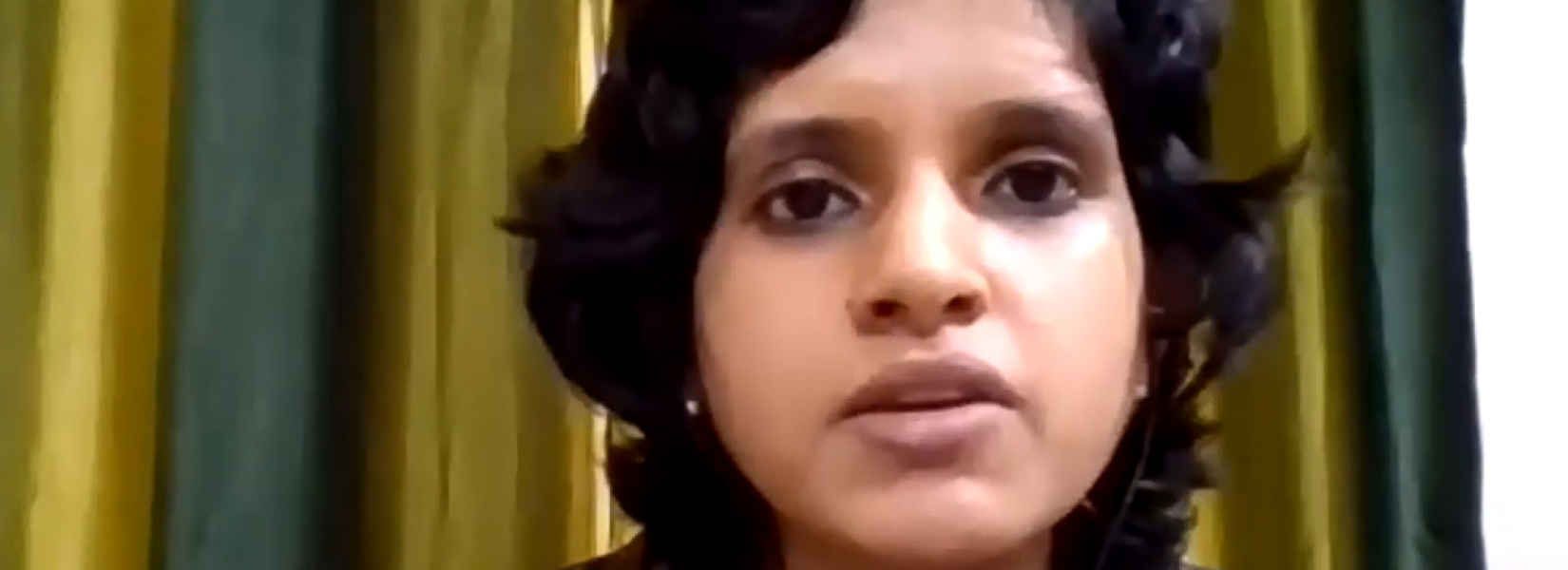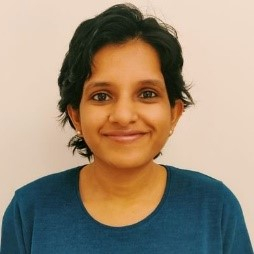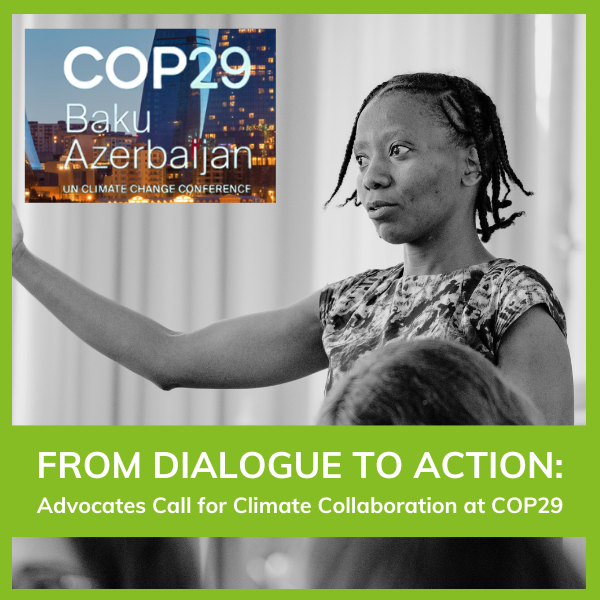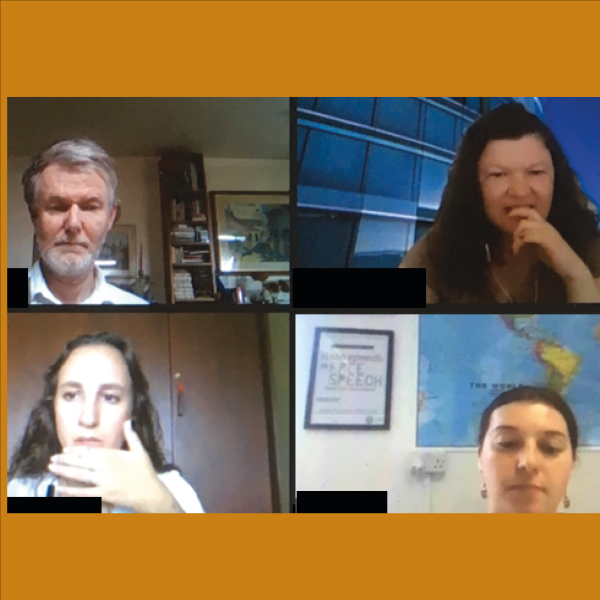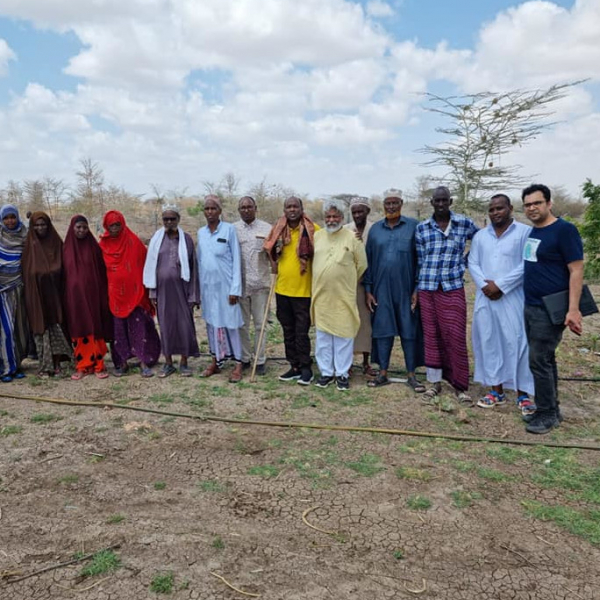Opening Ceremony of the Caux Forum Online 2021: Swiss perspectives on peace
5 July 2021
20/07/2021
The Caux Forum Online 2021 opened on 5 July with a panel on ‘Swiss Perspectives on Peace – past, present and future’ to celebrate the 75th anniversary of the Caux Conference and Seminar Centre as the European conference centre of Initiatives of Change (IofC) and 15 years of partnership between IofC Switzerland and the Swiss Federal Department of Foreign Affairs (FDFA).
Ambassador Thomas Guerber, Director of the Geneva Centre for Security Sector Government (DCAF), congratulated IofC Switzerland on upholding ‘a principle which is as powerful today as it was in 1946: namely that change at the personal level can go a long way to creating peace within and between countries’. This principle had not lost any of its persuasiveness. ‘Nor has the vision of a just, peaceful and sustainable world in which people pursue responsibility and act on the basis of global interdependence.’
Change at the personal level can go a long way to creating peace within and between countries
People from 60 countries had registered for the online event, streamed from the Main Hall at the conference centre in Caux. Ambassador Patricia Danzi, Director General of the Swiss Agency for Development and Cooperation (SDC), and Christine Beerli, President of Initiatives of Change Switzerland, joined Ambassador Guerber on the panel. It was moderated by Rainer Gude, Excecutive Coordinator of the Geneva Peacebuilding Platform.
Switzerland’s involvement in international peacebuilding was relatively recent, Ambassador Danzi explained. In earlier years, Switzerland’s narrow interpretation of neutrality ‘led us to abstain rather than engage’. Switzerland had joined the United Nations in 2002 and hoped to become a non-permanent member of the UN Security Council in 2023-4. ‘For this we are very well equipped and Caux has definitely helped us to reach this important step.’
‘The need for dialogue and trustbuilding hasn’t decreased in recent years,’ said Ambassador Guerber. Conflicts were increasing all over the world and ‘most multilateral peace initiatives have not succeeded’. Evidence suggested that more inclusive peace processes are more durable. ‘Peace processes need to be configured in such a way that different sub-populations in society can have a strong voice. Whenever these principles have been applied, the peace process has worked.’
‘One concept never fails,’ said Ambassador Danzi. ‘Put people at the centre, ask what is it that the community, society and country wants and build around that.’
One concept never fails. Put people at the centre, ask what is it that the community, society and country wants and build around that.
The speakers agreed that Switzerland, with her long tradition of direct democracy, was well placed to support more inclusive peace processes. But Christine Beerli warned against complacency: ‘We also have a certain danger of losing our old tradition of making steps towards each other, discussing, being a platform to find solutions. We have to work inside Switzerland too.’
Ambassador Danzi welcomed a shift in attitude in many international financial institutions towards the realization that peace and development are inextricable. ‘The horizons have opened and this is an opportunity,’ she said.
Ambassador Guerber agreed. ‘In most cases peace processes take place in fragile settings. It takes years and decades to build stable and solid structures within which a country can find sustainable solutions. So development, humanitarian and peace actors find themselves in the same space. There needs to be more consistent, coherent coordination between them.’
Ambassador Danzi offered a vision of centres like the Caux Conference and Seminar Centre emerging all over the world. ‘What you are doing to bring people together with different backgrounds, and force us all to make these extra steps towards the other, builds trust. The world needs more initiatives like these.’ The pandemic had increased the risk of boxing oneself into a corner and looking at things from just one perspective.
‘Everybody who operates in peace, security and development in the Swiss Government and international Geneva greatly appreciates the value added by the space IofC has made available,’ concluded Ambassador Guerber.
What you are doing to bring people together with different backgrounds, and force us all to make these extra steps towards the other, builds trust. The world needs more initiatives like these.
- Discover all Caux Forum Online 2021 events
- Find out more about this year's 75th anniversary celebrations
_______________________________________________________________________________________
You missed the event? Watch the replay here.
- Video produced by www.visualiveproductions.com
- Photos by Mark Henley
